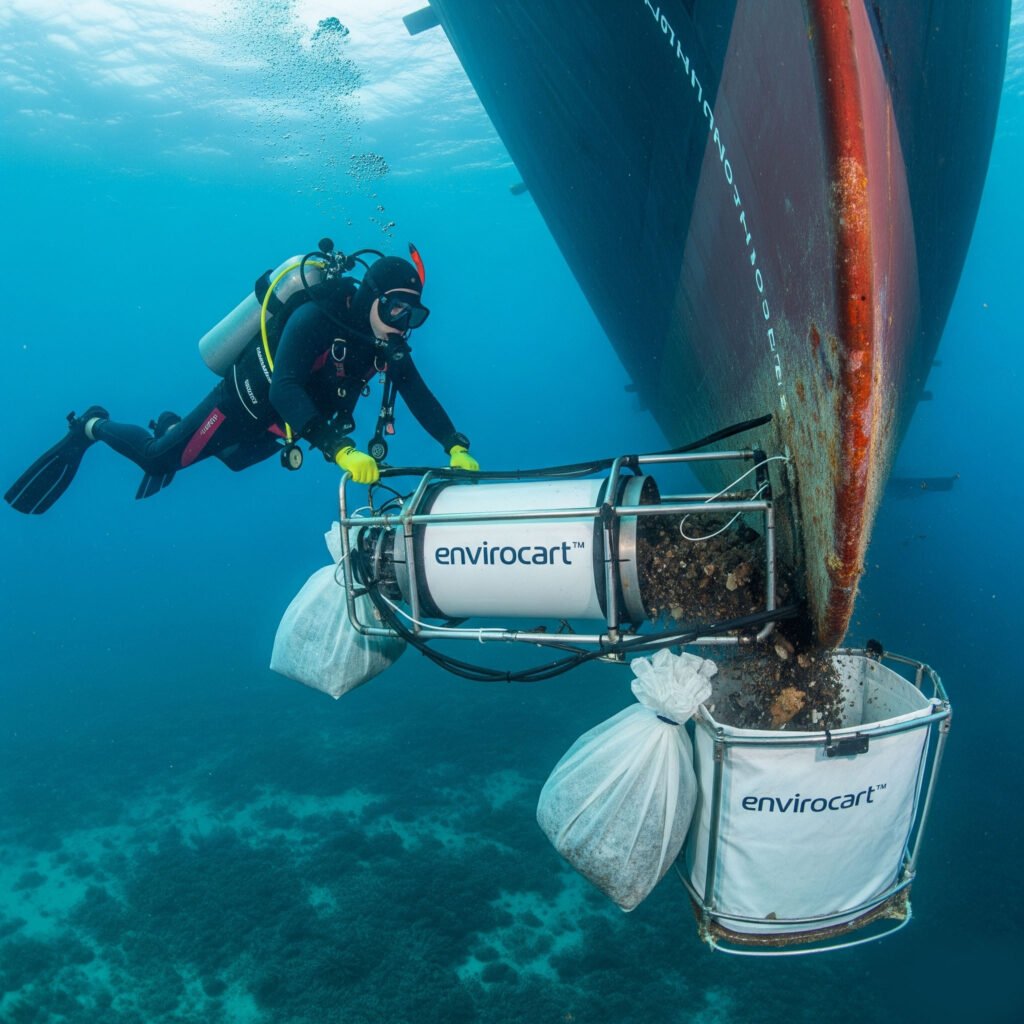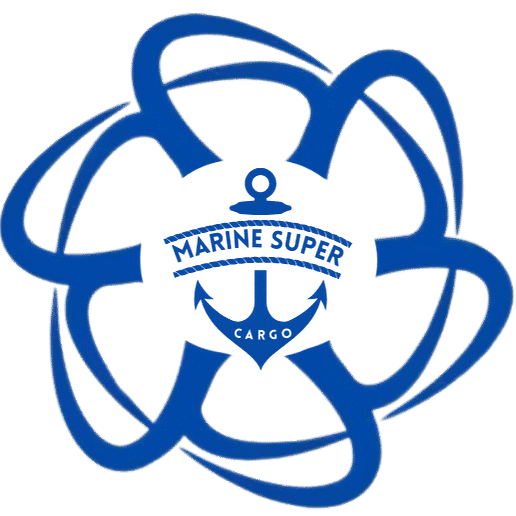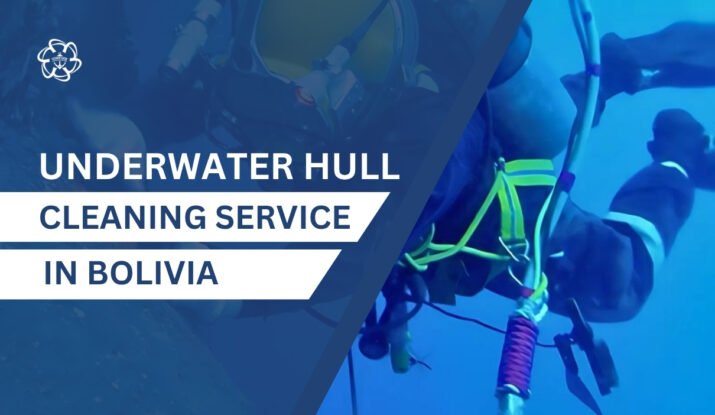Underwater Hull Cleaning in Bolivia: Bolivia is landlocked; it maintains significant inland water navigation through rivers such as the Mamoré, Beni, and the Paraguay-Paraná waterway system. In addition, Lake Titicaca, the world’s highest navigable lake, supports a range of passenger ferries and commercial vessels vital to local economies. These water-based routes are critical for the transportation of goods and people, especially in remote and hard-to-reach areas.
Yet, one crucial aspect of vessel maintenance often goes unnoticed—underwater hull cleaning. Beneath the waterline, hulls face continuous exposure to biological growth and sediment build-up, which severely compromises performance. Whether for a tourist boat gliding over Lake Titicaca or a river vessel moving goods between departments, maintaining a clean hull is vital for cost-efficiency, operational safety, and environmental responsibility.

Understanding Biofouling: The Enemy Below
Biofouling refers to the accumulation of microorganisms, algae, plants, and small aquatic animals like barnacles on submerged surfaces. Even in freshwater environments like Bolivia’s rivers and lakes, fouling is a serious concern, although barnacle growth may be less severe, biofilm, algae, and sludge still attach aggressively to submerged surfaces.
Effects of biofouling on vessels:
- Increased hydrodynamic drag, leading to higher fuel consumption (up to 30% more).
- Reduced vessel speed, slowing down commercial operations.
- Corrosion acceleration, especially under biofilm patches that create oxygen-deprived zones.
- Impaired maneuverability poses risks in shallow or congested waterways.
- Propeller and thruster inefficiencies, increasing load on engines.
The longer biofouling is left untreated, the more it affects not just the vessel’s structure but also its overall economic efficiency and carbon footprint.
Hull Fouling in Bolivia: The Inland Challenge
While ocean-faring vessels face saltwater-specific fouling, Bolivia’s unique geography and climate present different yet equally aggressive conditions for hull contamination.
Bolivian environmental conditions that contribute to fouling:
- Slow-moving or stagnant water bodies, ideal for algae and microbial growth.
- Tropical and subtropical temperatures accelerate biological reproduction.
- Nutrient-rich sediment, particularly in the Amazon Basin rivers, feeds algae and bacteria.
- High sediment loads cause abrasive deposits on hulls and propellers.
- Organic pollutants, including agricultural runoff, promote slime and microbial colonies.
This makes frequent hull inspections and cleanings a necessity, especially for vessels operating year-round or in cargo transport, where weight and timing are critical factors.
Modern Methods of Underwater Hull Cleaning in Bolivia
Today, underwater hull cleaning in Bolivia is no longer just a manual job. Advances in marine maintenance technologies now offer several methods tailored to different vessel sizes and conditions.
1. Diver-Assisted Cleaning (Manual)
- Divers use underwater brushes, scrapers, and hand-held rotary tools.
- Effective for small and medium vessels.
- Divers can also inspect structural damage or paint degradation.
2. High-Pressure Water Jetting
- Powerful water jets blast away biofouling without damaging paint or coatings.
- Fast and effective for mid-sized commercial vessels.
- Requires control to avoid hull coating damage.
3. Cavitation Cleaning
- Cavitation bubbles (tiny vapor bubbles) are created and collapse against the hull surface.
- Dislodges fouling gently but effectively.
- Preferred for sensitive surfaces or vessels with advanced coatings.
4. ROV-Based Cleaning (Remotely Operated Vehicles)
- Ideal for deep hulls or hard-to-access areas.
- Offers real-time video inspections.
- Can be operated in ports or mid-river locations with a proper setup.
5. Dry Dock Cleaning (Occasional Deep Cleaning)
- Rarely used in Bolivia due to limited infrastructure, but may be necessary during overhauls.
- Full cleaning with repainting and maintenance.
Choosing the right method depends on the vessel type, fouling level, location, and budget. However, all effective cleaning solutions must be non-toxic, coating-friendly, and environmentally safe.
Recommended Cleaning Frequency in underwater hull cleaning in Boli
There is no universal standard, but based on Bolivia’s water conditions and vessel use, the following schedule can be applied:
| Vessel Type | Recommended Cleaning Frequency |
|---|---|
| Small Passenger Boats | Every 3–4 months |
| Cargo Barges | Every 2 months |
| Tourist Ferries (Lake Use) | Every 3–5 months |
| Industrial Vessels | Every 1–2 months |
| Idle or Moored Vessels | Monthly checks |
Vessels that travel between zones or are often stationary for long periods are at higher risk and should undergo more frequent inspections and spot cleanings.
Compliance and Environmental Concerns in Bolivia
Bolivia has increasingly prioritized the ecological protection of its rivers and lakes, especially those supporting indigenous communities or bordering protected reserves.
Regulatory guidelines and best practices:
- Zero-discharge policies: Removed biological waste should not be dumped back into the water.
- Use of approved antifouling coatings: Only coatings without toxic leachates are recommended.
- Noise and disturbance control: Especially in areas like Lake Titicaca, operations must be non-disruptive to aquatic life.
- Record keeping: All maintenance and cleaning should be documented for audits and regulatory inspections.
Service providers must work in alignment with Bolivia’s Ministry of Environment and Water (MMAyA), particularly under the National Program for Integrated Water Resource Management.
Benefits of Regular Underwater Hull Cleaning in Bolivia
Implementing a consistent cleaning regime brings extensive operational, economic, and environmental benefits.
Operational Benefits:
- Enhanced fuel efficiency by 10–30%
- Smoother handling and responsiveness
- Reduced engine wear and maintenance intervals
- Safer docking and maneuvering in shallow or narrow channels
Financial Benefits:
- Lower fuel bills, especially important in Bolivia where fuel transport can be costly
- Decreased need for emergency repairs
- Better insurance premiums due to improved risk profiles
- Greater resale value of vessels due to better upkeep
Environmental Benefits:
- Reduced emissions and fuel-related pollutants
- Prevention of cross-contamination between water bodies
- Supports Bolivia’s climate and clean water goals
Selecting a Professional Underwater Hull Cleaning in Bolivia
While Bolivia’s marine service sector is still growing, specialized companies are emerging around hubs like Puerto Guaqui, Trinidad, Riberalta, and Guayaramerín. When choosing a service provider:
- Verify diver and technician certifications.
- Ask for eco-friendly cleaning methods and documentation.
- Check for ROV or cavitation cleaning availability.
- Ensure compliance with MMAyA and local environmental regulations.
- Compare pricing, packages, and inspection options.
Conclusion: Investing Below the Surface for Success Above It
In Bolivia’s inland maritime landscape, underwater hull cleaning in Bolivia is more than a technical task—it is a strategic, economic, and ecological priority. By maintaining clean hulls, operators not only optimize their fuel use and operational timelines but also contribute to sustainable navigation and water conservation efforts in one of South America’s most biodiverse regions.
Ignoring fouling may seem like a minor oversight, but over time, it leads to greater fuel costs, more emissions, and unnecessary strain on engines and the environment.
FAQs:
1. What does the IMO say about underwater hull cleaning?
The International Maritime Organization (IMO) recognizes biofouling management as a key factor in improving vessel efficiency and reducing greenhouse gas emissions. The IMO Biofouling Guidelines (Resolution MEPC.207(62)) recommend regular hull cleaning as part of a comprehensive biofouling management plan to prevent the transfer of invasive aquatic species and improve operational efficiency.
2. Is IMO compliance mandatory for vessels operating in Bolivia?
For internationally registered vessels or those traveling to/from international ports via inland waterways like the Paraguay-Paraná system, IMO compliance is essential. While domestic vessels may not be bound by IMO rules, following its guidelines helps ensure best practices in efficiency and environmental responsibility.
3. How does underwater hull cleaning in Bolivia support IMO decarbonization goals?
According to IMO’s GHG strategy, underwater hull cleaning in Bolivia reduces drag, improving fuel efficiency and lowering CO₂ emissions. Regular maintenance aligns with IMO’s goal of reducing shipping’s total annual GHG emissions by at least 50% by 2050 compared to 2008 levels.
4. What role does NPC (National Port Company or local port authorities) play in underwater hull cleaning in Bolivia?
Oversee and approve underwater maintenance activities within port limits
Ensure compliance with national water pollution and waste management regulations
Maintain environmental standards to protect inland water ecosystems
May require permits or prior notice for underwater work within port areas
5. Are there any NPC guidelines on waste disposal during underwater hull cleaning in Bolivia?
Yes. Any waste, such as biofouling debris or removed coatings, must be collected and disposed of according to national environmental guidelines. Discharge into rivers or lakes is prohibited. Ports may have designated containment and disposal systems.


